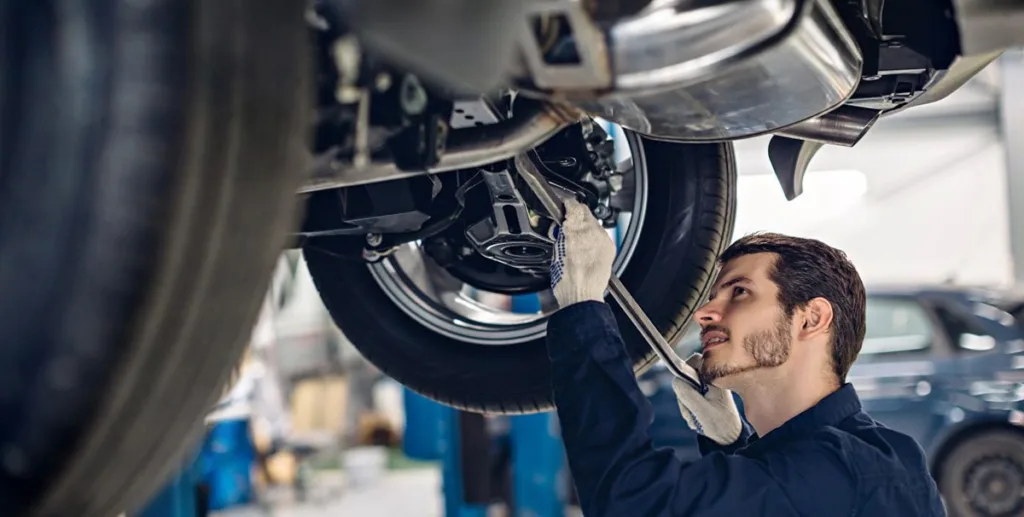The auto market is progressing swiftly, driven by cutting-edge technology, sustainability efforts, and altering customer choices. From electrical and independent vehicles to connected cars and alternate fuel resources, the future of cars is a lot more ingenious than ever before. Below's a take a look at the key patterns shaping the future of automobiles.
- The Surge of Electric Vehicles (EVs) One of the largest changes in the auto sector is the shift from gasoline-powered cars to electrical lorries (EVs) Companies like Tesla, Ford, and General Motors are expanding their EV schedules, while developments in battery innovation are improving range and billing times.

- Autonomous Driving Innovation. Self-driving autos are no much longer a concept of the long run. Car manufacturers and technology business are spending billions right into establishing autonomous lorries (AVs) Business like Waymo, Tesla, and Mercedes-Benz are making strides in Degree 3 and Degree 4 freedom, where vehicles can drive themselves under certain conditions. While full autonomy is still a couple of years away, the assimilation of AI and equipment discovering in vehicles is making driving more secure and extra efficient.
- Linked Cars and Smart Innovation. Connected vehicles can connect with each other, website traffic systems, and even home gadgets. With the assimilation of 5G networks, linked automobiles will certainly provide seamless navigation, entertainment, and improved safety and security features.
- Sustainability and Green Manufacturing. Beyond EVs, car manufacturers are concentrating on sustainable products and manufacturing techniques. Numerous makers are utilizing recycled and green materials for insides and minimizing carbon impacts in manufacturing centers. Furthermore, hydrogen fuel cell automobiles are becoming an alternate to EVs, supplying zero exhausts and fast refueling times.

- The Change to Shared Mobility. The means individuals own and usage vehicles is changing. Cars and truck subscription services, ride-sharing systems like Uber and Lyft, and autonomous taxis are decreasing the requirement for individual auto possession. As urbanization boosts, shared flexibility remedies will play a significant function in lowering traffic blockage and discharges.
Conclusion. The future of autos is being shaped by electrification, automation, connectivity, and sustainability. As innovation proceeds to breakthrough, the automobile sector will certainly undertake a substantial change, producing safer, more efficient, and eco-friendly cars. Whether through self-driving vehicles, clever features, or eco-conscious production, the future of flexibility looks encouraging.
Latest Posts
Exclusive Offers on Mazda Cars & SUVs Today! Open Irresistible Bargains at Modern Mazda of Burlington
New & Used Cars in the Heart of the City
Exceptional New and Used Hyundai Vehicles at Modern Hyundai
Navigation
Latest Posts
Exclusive Offers on Mazda Cars & SUVs Today! Open Irresistible Bargains at Modern Mazda of Burlington
New & Used Cars in the Heart of the City
Exceptional New and Used Hyundai Vehicles at Modern Hyundai
